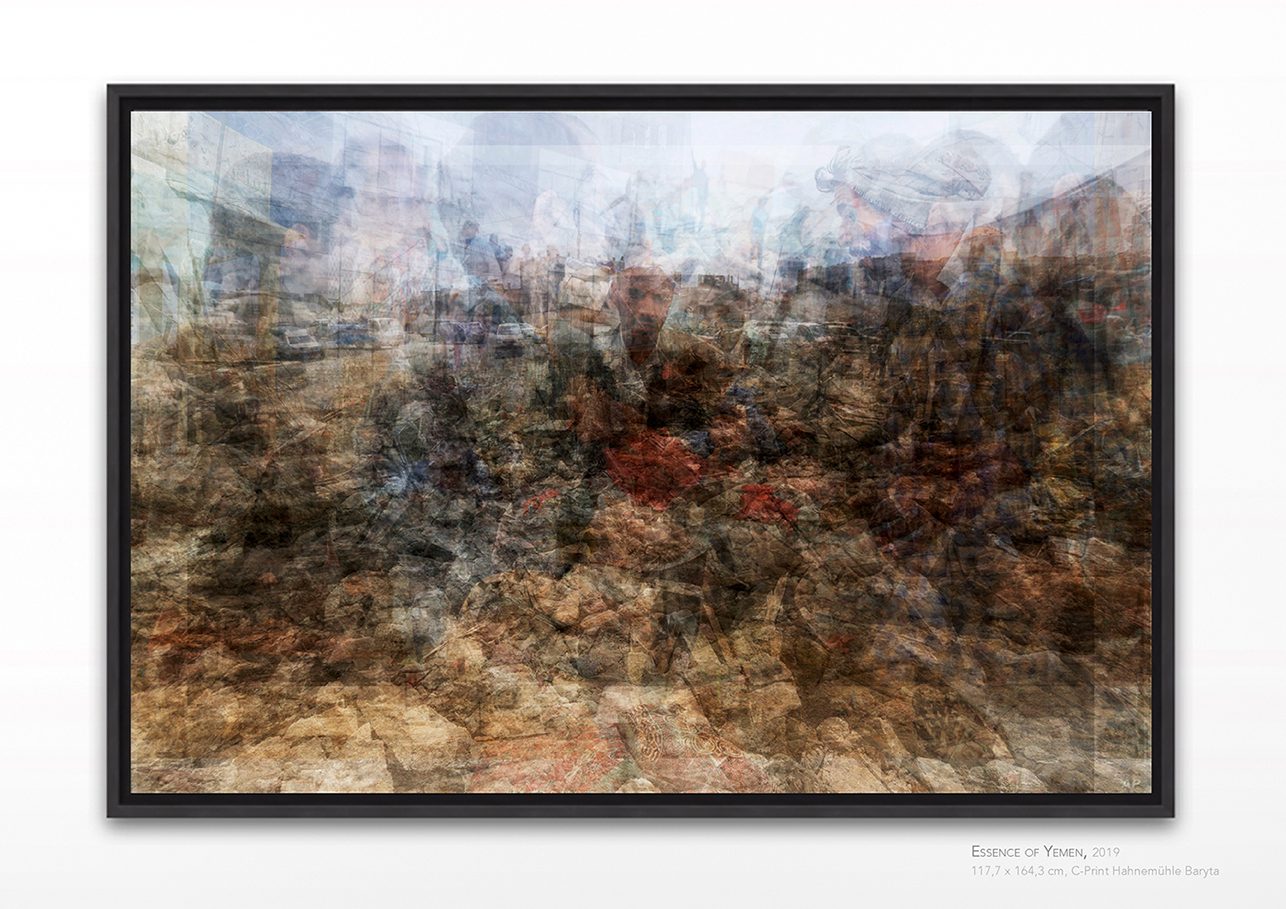The Open Call for the Social Art Award 2019 under the topic “We are the People – Peaceful Revolutions” was closed on December 15, 2019. We are very impressed by 558 submissions that were contributed by artists coming from 65 countries across all continents.
The winners of The Social Art Award 2019 are Narcissa Gold (USA), Melinda Mouzannar (Lebanon) and Bogna Grazyna Jaroslawski (Poland/Germany). The Honorary Mention goes to Kingson Kin Sing Chan (Hong Kong/UK).
Below you find the artworks, that passed the initial jury round. The public voting took place till 30 December and is a tool to give more public visibility to the topic and the artworks. It does not replace the final jury judgment. There were two wildcards for the most voted artworks that entered the final shortlist.
The focus diversity of applications shows that artists are active in the multi-faceted fields of socially engaged art reflecting on wars, genocides, femicides, traumata, violence against refugees, children, women, men, disabled people, LGBTIQs, animals. They share feelings for the planet and its living species, but also showing hopelessness due to complex crises be it climate change (e.g. in regard to water pollution), capitalism, corruption, a violation against human rights, nature, protected national parks. Many of the artists are constantly trying to give a voice to the poorest or empower unheard social groups.
It’s not only about peaceful revolutions, but it’s also about feeling a deep connection and showing love and respect for each other.
Thank you all for sharing your great and inspirational work and look at all the great contributions!
Essence of Yemen
Lisa Hoffmann
open category
Essence of Yemen is part of the series Atlas of the Essence, which is a result of a critical examination of images of the mainstream media, their perception and the artistic research for counter-images. Conflicts, catastrophes, political scandals and terror dominate the media. The works of the serie break with our understanding of the image and unite a multitude of existing photographs of individual events in one image, creating chaos, ambiguities, gaps and new insights through superimposition. How can art catalyze change?: Art has always been political and political motivations also play a role in my artistic practice. However, it is not about convincing others of my own opinion. Rather, I see my artistic practice as a form of political action in which current and past political scandals and events receive a (new) form of visualization and therefor attention. Art reaches different groups of people who are stimulated in their own interaction with the depicted theme of the artwork. This might also mean being confronted in the own comfortable zone. Exhibitions offer a room to thematize and dissolve the barriers of screens, newspapers and social media through which we experience horror. Art therefore can create new forms of experience and perception. I have an inner urge to do what I do and each art work or research project is realized by a strong inner motivation of dealing with the depicted theme and to draw it to a new attention. The practice doesn't use shocking or horror images - more than that I try to visualize the horror with calm works where the horror becomes visible through the interaction and the contemplation of the art work. The idea behind is that the interaction with the work leads to an interaction with the topic and works against the habituation of horror and therefor a habituation of conflicts, scandals and catastrophes, which are a daily companion nowadays.
Essence of Yemen is part of the series Atlas of the Essence, which is a result of a critical examination of images of the mainstream media, their perception and the artistic research for counter-images. Conflicts, catastrophes, political scandals and terror dominate the media. The works of the serie break with our understanding of the image and unite a multitude of existing photographs of individual events in one image, creating chaos, ambiguities, gaps and new insights through superimposition. How can art catalyze change?: Art has always been political and political motivations also play a role in my artistic practice. However, it is not about convincing others of my own opinion. Rather, I see my artistic practice as a form of political action in which current and past political scandals and events receive a (new) form of visualization and therefor attention. Art reaches different groups of people who are stimulated in their own interaction with the depicted theme of the artwork. This might also mean being confronted in the own comfortable zone. Exhibitions offer a room to thematize and dissolve the barriers of screens, newspapers and social media through which we experience horror. Art therefore can create new forms of experience and perception. I have an inner urge to do what I do and each art work or research project is realized by a strong inner motivation of dealing with the depicted theme and to draw it to a new attention. The practice doesn't use shocking or horror images - more than that I try to visualize the horror with calm works where the horror becomes visible through the interaction and the contemplation of the art work. The idea behind is that the interaction with the work leads to an interaction with the topic and works against the habituation of horror and therefor a habituation of conflicts, scandals and catastrophes, which are a daily companion nowadays.



